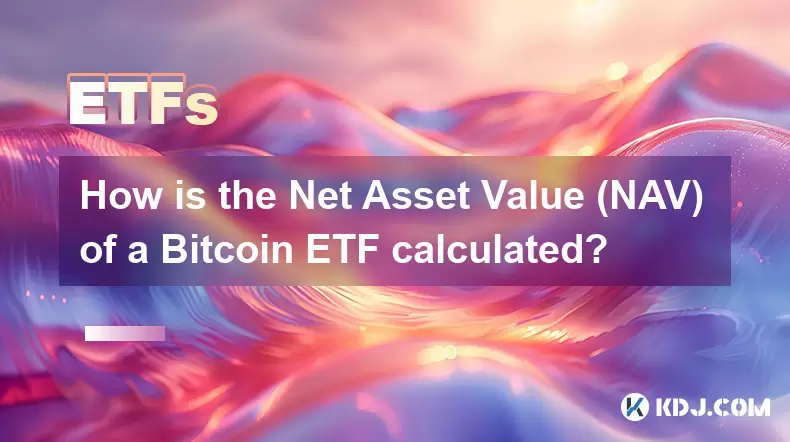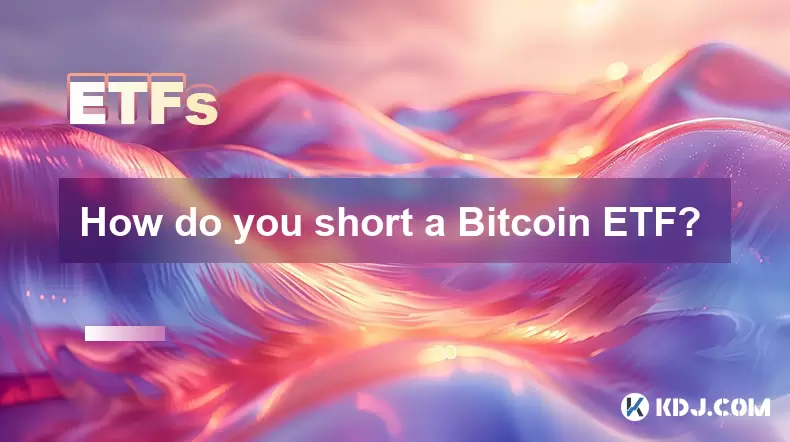-
 Bitcoin
Bitcoin $109,507.9823
0.43% -
 Ethereum
Ethereum $2,716.0274
3.79% -
 Tether USDt
Tether USDt $1.0003
-0.01% -
 XRP
XRP $2.3859
3.05% -
 BNB
BNB $665.2705
0.56% -
 Solana
Solana $154.6874
1.56% -
 USDC
USDC $1.0002
0.02% -
 TRON
TRON $0.2896
1.05% -
 Dogecoin
Dogecoin $0.1738
1.67% -
 Cardano
Cardano $0.6117
3.72% -
 Hyperliquid
Hyperliquid $40.3052
3.82% -
 Sui
Sui $2.9817
2.08% -
 Bitcoin Cash
Bitcoin Cash $505.0944
0.71% -
 Chainlink
Chainlink $14.0820
1.96% -
 Stellar
Stellar $0.2902
12.90% -
 UNUS SED LEO
UNUS SED LEO $9.0423
-0.34% -
 Avalanche
Avalanche $18.7084
1.54% -
 Hedera
Hedera $0.1714
6.33% -
 Shiba Inu
Shiba Inu $0.0...01218
2.48% -
 Toncoin
Toncoin $2.8261
1.24% -
 Litecoin
Litecoin $88.8228
1.59% -
 Monero
Monero $319.1344
2.71% -
 Polkadot
Polkadot $3.5479
2.69% -
 Dai
Dai $1.0001
0.00% -
 Ethena USDe
Ethena USDe $1.0010
0.06% -
 Uniswap
Uniswap $8.2690
6.49% -
 Bitget Token
Bitget Token $4.3622
1.19% -
 Aave
Aave $298.5989
2.11% -
 Pepe
Pepe $0.0...01042
1.97% -
 Pi
Pi $0.4663
1.15%
How is the Net Asset Value (NAV) of a Bitcoin ETF calculated?
The NAV of a Bitcoin ETF reflects the fund's total asset value minus liabilities, divided by shares outstanding, offering investors real-time insight into their holdings' worth based on Bitcoin's market price and fund expenses.
Jul 09, 2025 at 11:56 pm

Understanding the Net Asset Value (NAV) of a Bitcoin ETF
The Net Asset Value (NAV) is a critical metric for any Exchange-Traded Fund (ETF), including those that track Bitcoin. In the context of a Bitcoin ETF, NAV represents the total value of the fund’s underlying assets minus its liabilities, divided by the number of outstanding shares. This calculation ensures investors know the real-time or end-of-day value of their holdings in relation to the actual price of Bitcoin.
What determines the NAV? The NAV is primarily influenced by the market value of Bitcoin held by the ETF, along with any fees, expenses, or other assets within the fund structure.
Components Involved in Calculating NAV
To calculate the NAV of a Bitcoin ETF accurately, several components must be considered:
- Total Bitcoin Holdings: The quantity of Bitcoin the ETF holds at the time of valuation.
- Market Price of Bitcoin: The current trading price of Bitcoin on major exchanges.
- Liabilities and Expenses: These include management fees, operational costs, custodial fees, and other overheads.
- Number of Outstanding Shares: The total number of ETF shares currently held by investors.
How are these values integrated? Each component plays a role in determining the net worth per share, which directly affects investor returns and fund performance tracking.
Step-by-Step Calculation Process
To compute the NAV, follow this detailed process:
- Calculate Total Assets: Multiply the amount of Bitcoin held by the ETF by the current market price of Bitcoin. For example, if the fund holds 10,000 BTC and Bitcoin trades at $60,000, then total assets equal $600 million.
- Deduct Liabilities: Subtract all operational costs, management fees, and accrued liabilities from the total asset value. If liabilities sum up to $5 million, the adjusted value becomes $595 million.
- Divide by Outstanding Shares: Take the adjusted value and divide it by the total number of shares issued. If there are 10 million shares, the NAV per share would be $59.50.
Why is this step-by-step breakdown important? It ensures transparency and allows investors to verify how each element impacts the final NAV figure.
Role of Custodians and Pricing Sources
A key factor in the accuracy of the NAV calculation is the reliability of the Bitcoin pricing data used. Most Bitcoin ETFs rely on trusted custodians or third-party data providers to source the official price of Bitcoin at a specific time, usually at market close.
- Custodians: Entities responsible for securely holding the Bitcoin backing the ETF shares.
- Pricing Providers: Services like CoinMarketCap, CoinGecko, or regulated exchanges that offer time-stamped Bitcoin prices.
- Audit Trails: Transparent records ensuring that the price used in NAV calculations is fair and verifiable.
How do custodians impact NAV integrity? They ensure the physical (or digital) assets exist and are accounted for, preventing discrepancies between reported and actual holdings.
Frequency of NAV Updates
Unlike traditional stock valuations, which fluctuate continuously during trading hours, the NAV of a Bitcoin ETF is typically calculated once per day after market close. However, some funds may provide indicative intraday NAV (iNAV) figures throughout the trading day.
- Daily Closing NAV: The official value used for settlement and redemption purposes.
- Intraday iNAV: A near-real-time estimate based on live Bitcoin prices and ETF performance metrics.
- Transparency Reports: Many ETF issuers publish daily reports showing NAV changes, holdings, and expense ratios.
Why does frequency matter? Investors use NAV updates to make informed decisions about buying, selling, or holding ETF shares based on accurate asset valuation.
Frequently Asked Questions (FAQs)
Q: Can the NAV of a Bitcoin ETF differ from the spot price of Bitcoin?
Yes. While the NAV is derived from the Bitcoin price, it also includes fund expenses, premium/discount dynamics, and market sentiment toward the ETF itself.
Q: How do ETF providers handle Bitcoin received from staking or rewards?
Any additional Bitcoin earned through staking or interest-like mechanisms is typically added to the fund’s assets, increasing the overall NAV proportionally.
Q: Is the NAV publicly available for verification?
Yes. Reputable ETF issuers publish NAV figures daily on their websites and through financial data platforms, ensuring transparency for investors.
Q: What happens if the Bitcoin price used in NAV calculation is incorrect?
Most ETFs use multiple pricing sources and have error-checking protocols to ensure accuracy. Discrepancies are usually corrected retroactively if detected.
Disclaimer:info@kdj.com
The information provided is not trading advice. kdj.com does not assume any responsibility for any investments made based on the information provided in this article. Cryptocurrencies are highly volatile and it is highly recommended that you invest with caution after thorough research!
If you believe that the content used on this website infringes your copyright, please contact us immediately (info@kdj.com) and we will delete it promptly.
- NEXBRIDGE, NEXPLACE, and the Bitcoin Ecosystem: Building a New Financial Frontier
- 2025-07-09 23:10:13
- MEXC Launchpad & PUMP Token: Grab a 40% Discount?
- 2025-07-09 22:50:12
- Trade System Revolution: How XDC and the End of Faxes Are Reshaping Finance
- 2025-07-09 23:10:13
- Ripple, CLARITY Act, and the XRP Case: A New York Minute on Crypto Regulation
- 2025-07-09 23:50:12
- No Rs 50 Coin? Delhi HC Hears Why India Prefers Banknotes
- 2025-07-09 23:15:11
- No Rs 50 Coin? Delhi HC Hears Why Banknotes Reign Supreme
- 2025-07-09 23:50:12
Related knowledge

Bitcoin ETF vs buying Bitcoin on an exchange like Coinbase
Jul 09,2025 at 10:15am
What is a Bitcoin ETF?A Bitcoin ETF (Exchange-Traded Fund) is a financial product that tracks the price of Bitcoin without requiring investors to own ...

How do you short a Bitcoin ETF?
Jul 09,2025 at 06:14pm
Understanding the Basics of Shorting a Bitcoin ETFShorting a Bitcoin Exchange-Traded Fund (ETF) involves betting that the price of the ETF will fall. ...

Are Bitcoin ETFs covered by SIPC insurance?
Jul 09,2025 at 05:56am
What is SIPC Insurance?SIPC insurance, formally known as the Securities Investor Protection Corporation (SIPC), is a U.S.-based organization that prov...

How to track real-time Bitcoin ETF flows?
Jul 09,2025 at 12:56pm
What is a Bitcoin ETF and Why Track Its Flows?A Bitcoin Exchange-Traded Fund (ETF) allows investors to gain exposure to Bitcoin without directly ownin...

How is the Net Asset Value (NAV) of a Bitcoin ETF calculated?
Jul 09,2025 at 11:56pm
Understanding the Net Asset Value (NAV) of a Bitcoin ETFThe Net Asset Value (NAV) is a critical metric for any Exchange-Traded Fund (ETF), including t...

Can I buy a Bitcoin ETF in my traditional IRA?
Jul 09,2025 at 10:56pm
What Is a Bitcoin ETF?A Bitcoin ETF (Exchange-Traded Fund) is an investment vehicle that tracks the price of Bitcoin without requiring investors to di...

Bitcoin ETF vs buying Bitcoin on an exchange like Coinbase
Jul 09,2025 at 10:15am
What is a Bitcoin ETF?A Bitcoin ETF (Exchange-Traded Fund) is a financial product that tracks the price of Bitcoin without requiring investors to own ...

How do you short a Bitcoin ETF?
Jul 09,2025 at 06:14pm
Understanding the Basics of Shorting a Bitcoin ETFShorting a Bitcoin Exchange-Traded Fund (ETF) involves betting that the price of the ETF will fall. ...

Are Bitcoin ETFs covered by SIPC insurance?
Jul 09,2025 at 05:56am
What is SIPC Insurance?SIPC insurance, formally known as the Securities Investor Protection Corporation (SIPC), is a U.S.-based organization that prov...

How to track real-time Bitcoin ETF flows?
Jul 09,2025 at 12:56pm
What is a Bitcoin ETF and Why Track Its Flows?A Bitcoin Exchange-Traded Fund (ETF) allows investors to gain exposure to Bitcoin without directly ownin...

How is the Net Asset Value (NAV) of a Bitcoin ETF calculated?
Jul 09,2025 at 11:56pm
Understanding the Net Asset Value (NAV) of a Bitcoin ETFThe Net Asset Value (NAV) is a critical metric for any Exchange-Traded Fund (ETF), including t...

Can I buy a Bitcoin ETF in my traditional IRA?
Jul 09,2025 at 10:56pm
What Is a Bitcoin ETF?A Bitcoin ETF (Exchange-Traded Fund) is an investment vehicle that tracks the price of Bitcoin without requiring investors to di...
See all articles

























































































